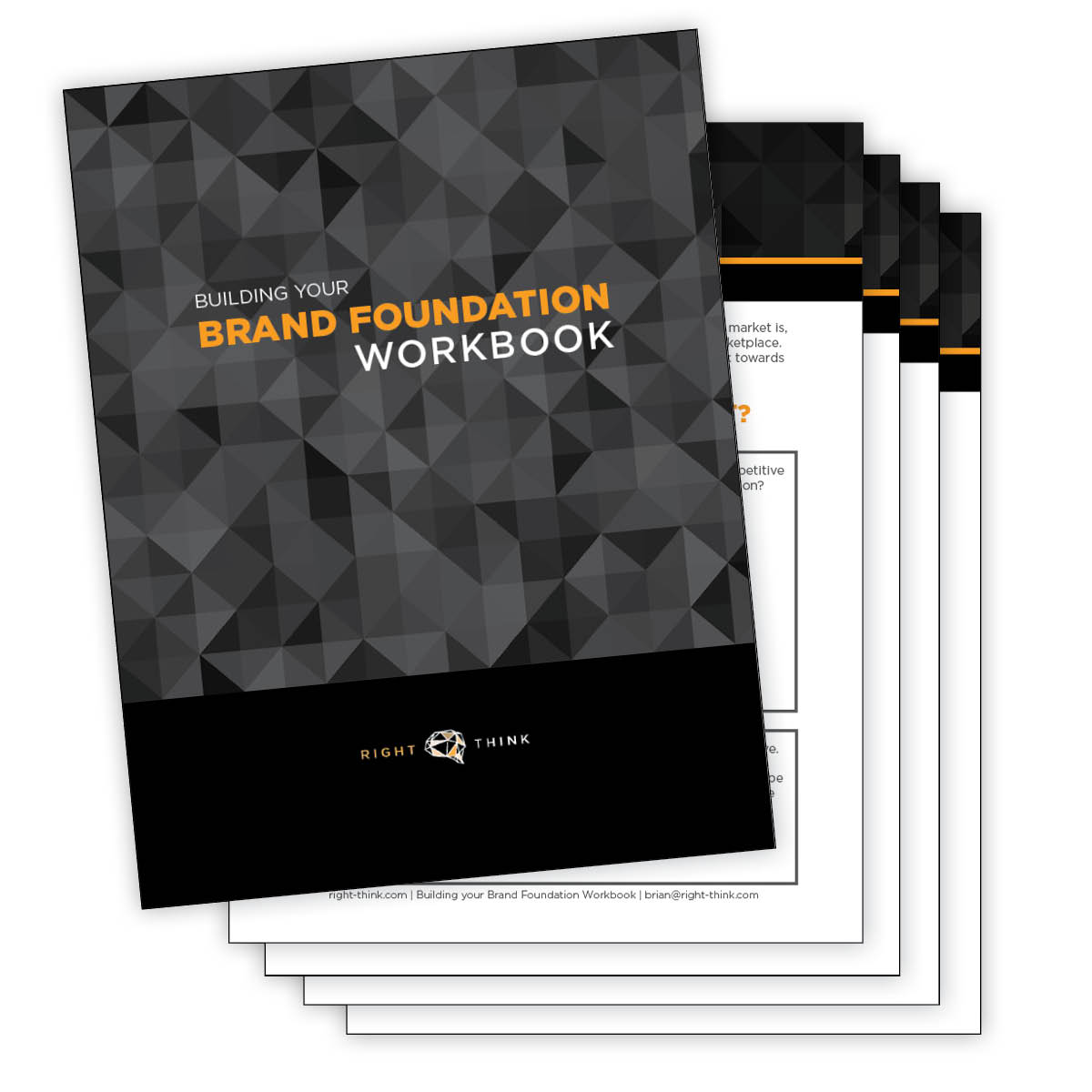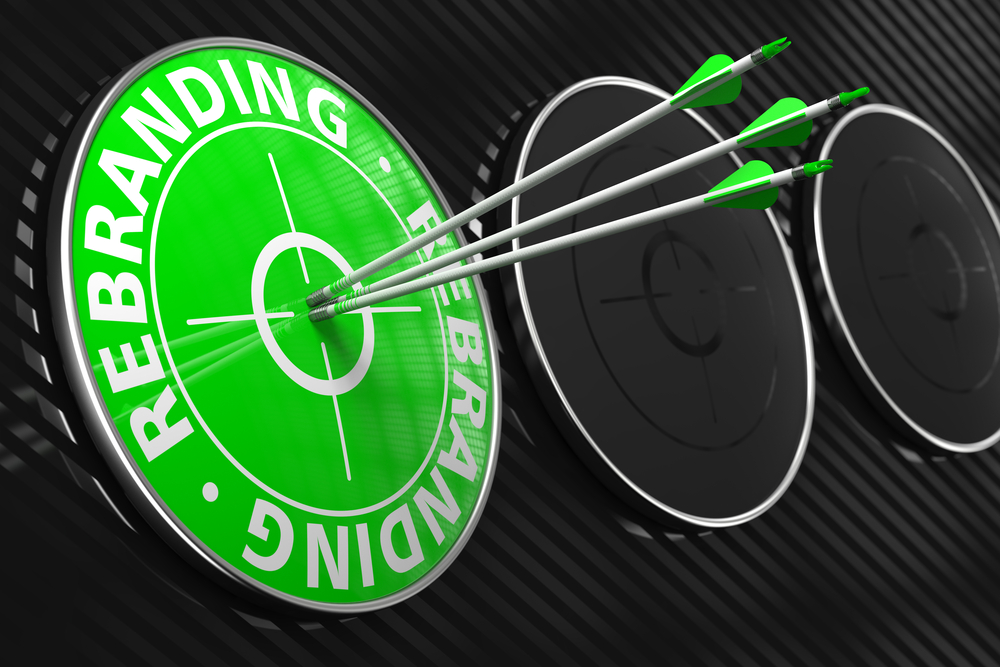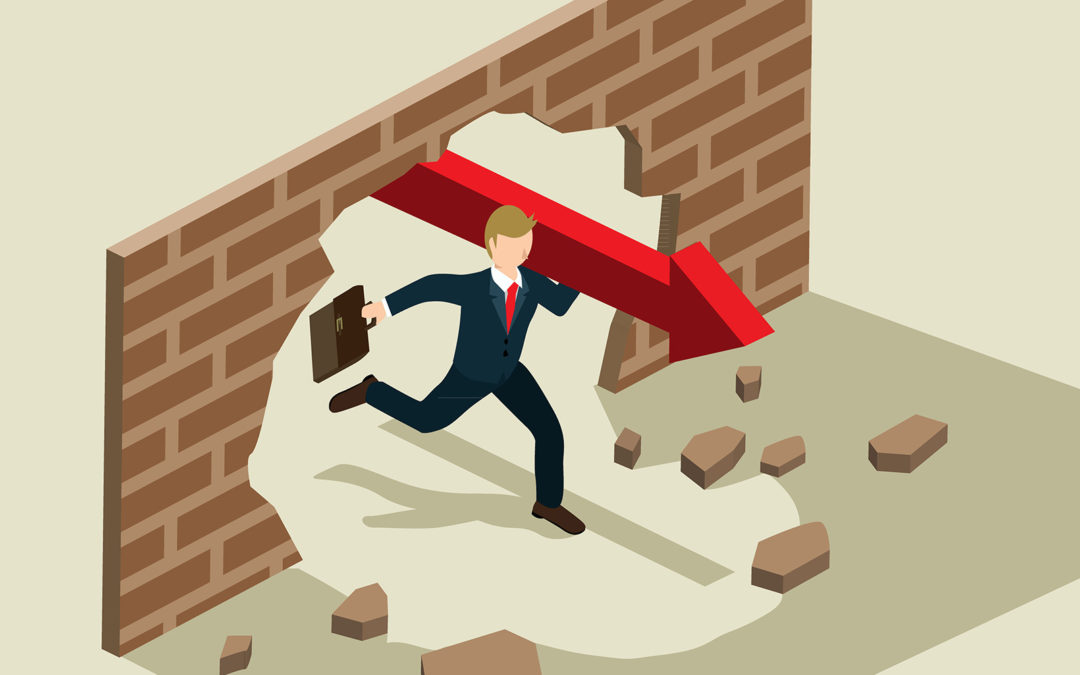
Your ‘About Us’ Page Is Not Really About You
Your ‘About Us’ Page Is Not Really About You
A website is one of the first priorities when building a business, and it’s a lot to tackle. You have to decide on a design theme, a layout, the font, the tone… there are many small decisions to be made- one of which is your About Us page. It’s the handshake of your website, and you want to strike a balance between flimsy and firm.
You may be surprised, then, that your “About Us” webpage is not about you and your company. Sure, the content is about you, but the purpose of the page is to help customers understand what sets your company apart, and to make an emotional connection with your brand. It tells them why they should care about you at all, beyond your products or services. With that in mind, here are several ideas that companies have done right.
The best stories are sticky
One way to make your About Us stand out is a great story. This could be the story behind your company’s creation or the story behind your product. If a portion of your proceeds supports a charity or a cause, talk about how that support came to be important to you. The best part about a ‘sticky’ story? It’s easy to read, recall, and share!
Humanize your brand
An authentic voice is more relatable for clients, so step away from the business jargon and the stiff, formal language. However, don’t go too far the other way and risk sounding unprofessional. Your business can’t be taken seriously by others if they don’t think you take it seriously yourself.
Professional branding reaches people on an emotional level, which formal language is not known to do.
Provide visual interest
The average visitor to your webpage spends a whopping seven seconds to determine if it’s worthwhile. Fortunately, a picture is worth a thousand words. Whether you rely on video, images, or parallax scrolling (Cultivated Wit’s website is a great example of this), keep things interesting with some visual pizazz.
Let other people do the talking
Collecting testimonials from customers or allowing your own employees to rate your business is a great way to place value on someone’s voice aside from your own. Lately, companies are taking these concepts further by featuring them on their websites. With permission, link to companies who utilize your services as a different kind of testimonial. A ‘careers’ page isn’t just for open job listings anymore! Take the opportunity to showcase your company’s culture.
Make it memorable
An attention-grabbing headline, a soundtrack, and a lovable mascot are some of the ways companies have achieved success with their unique About Us experience. While each takes a different approach, one thing remains the same: their brand makes a memorable mark.
How will you create an About Us page that helps you stand out? Will your page focus on telling your origin story, or even the story of how your product is created? Is yours a business who – like ours – focuses on its people and utilizes this space to introduce your dream? No matter what you decide, using the tips we have discussed here are sure to be an exercise in brand success!










